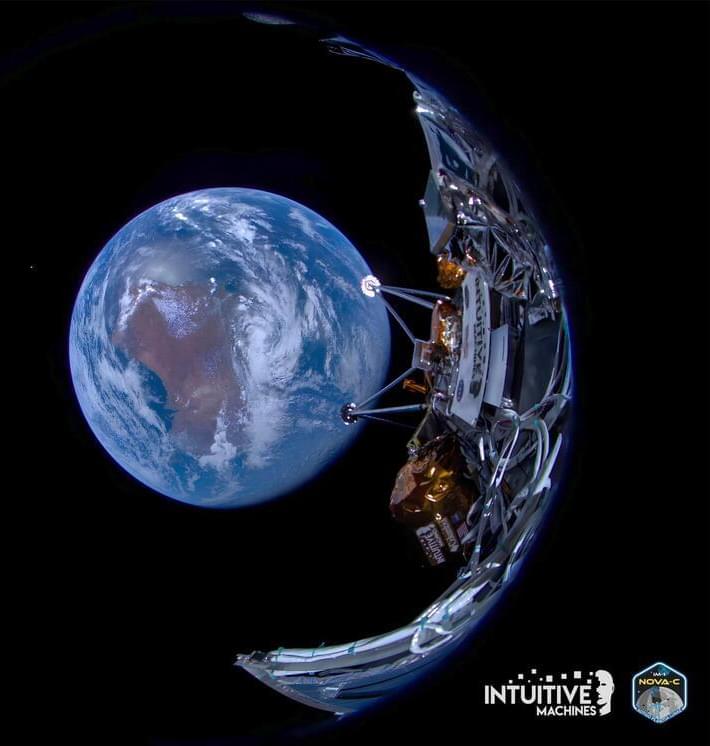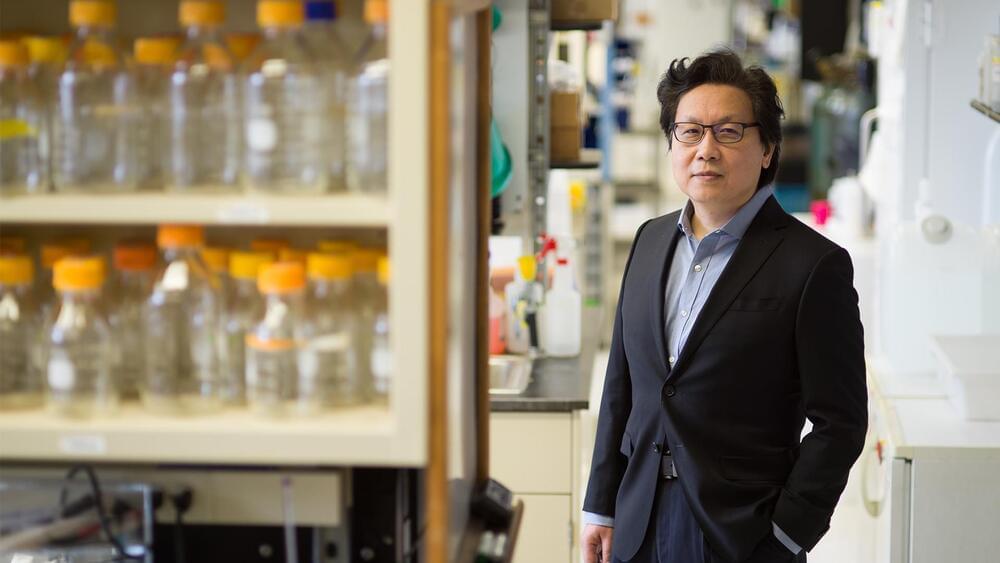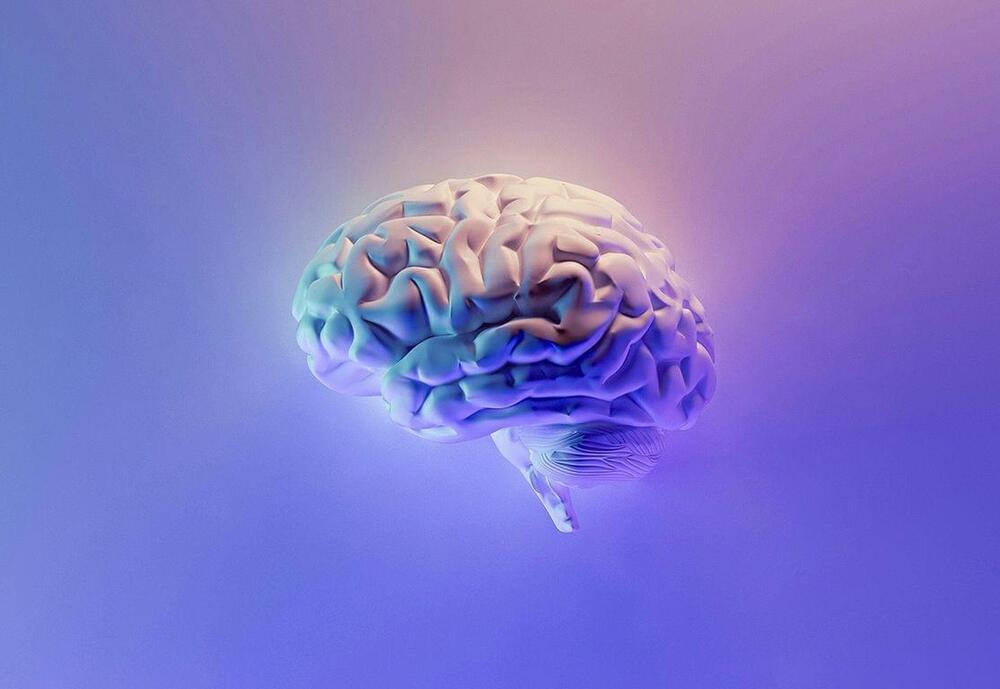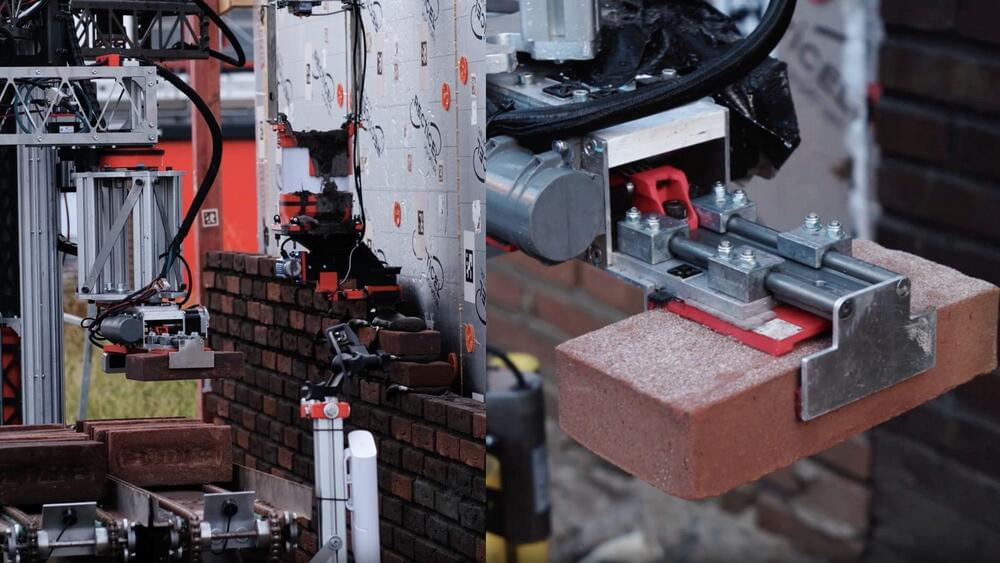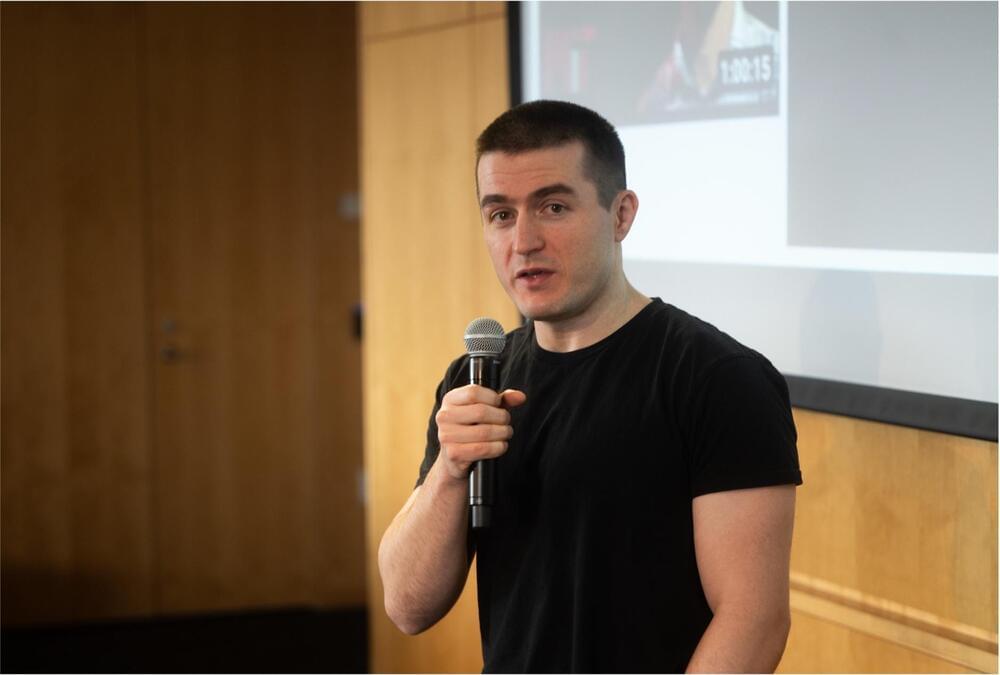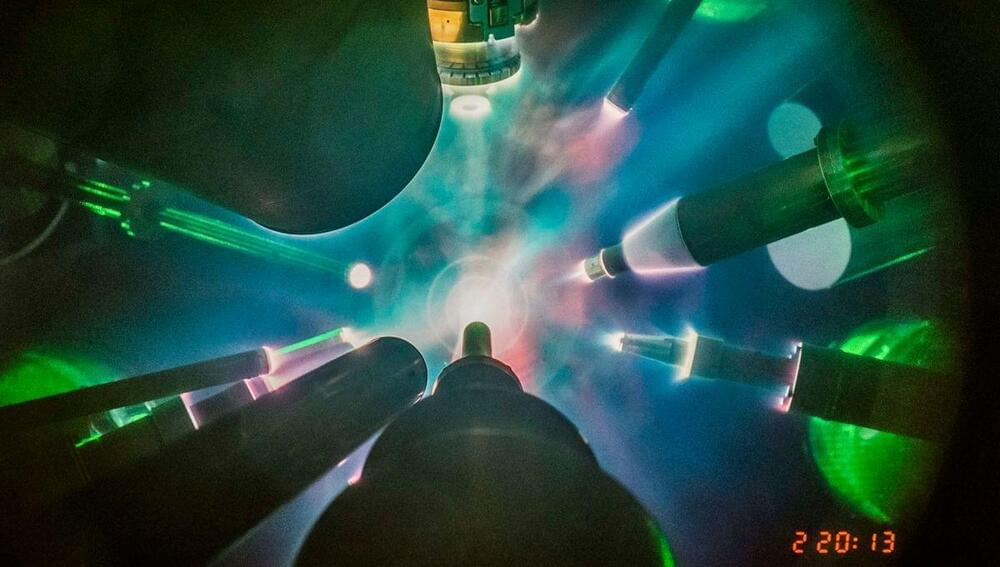NASA ’s lunar mission with Intuitive Machines showcases successful launch, innovative engine testing, and advanced navigation technology for precise lunar exploration.
After a successful launch on February 15, six NASA science instruments and technology demonstrations continue their journey to the Moon aboard Intuitive Machines’ lander named Odysseus. The company confirmed communications contact with its mission operations control in Houston, and its lander continues to perform as expected.
Known as IM-1, Intuitive Machines successfully transmitted its first images back to Earth on February 16. These were captured shortly after separation from SpaceX ’s second stage, on Intuitive Machines’ first journey to the Moon as part of the agency’s Commercial Lunar Payload Services initiative and Artemis campaign.
